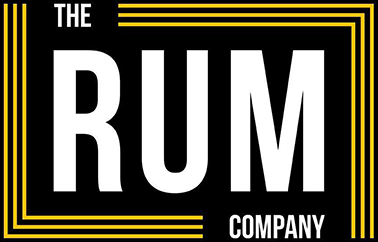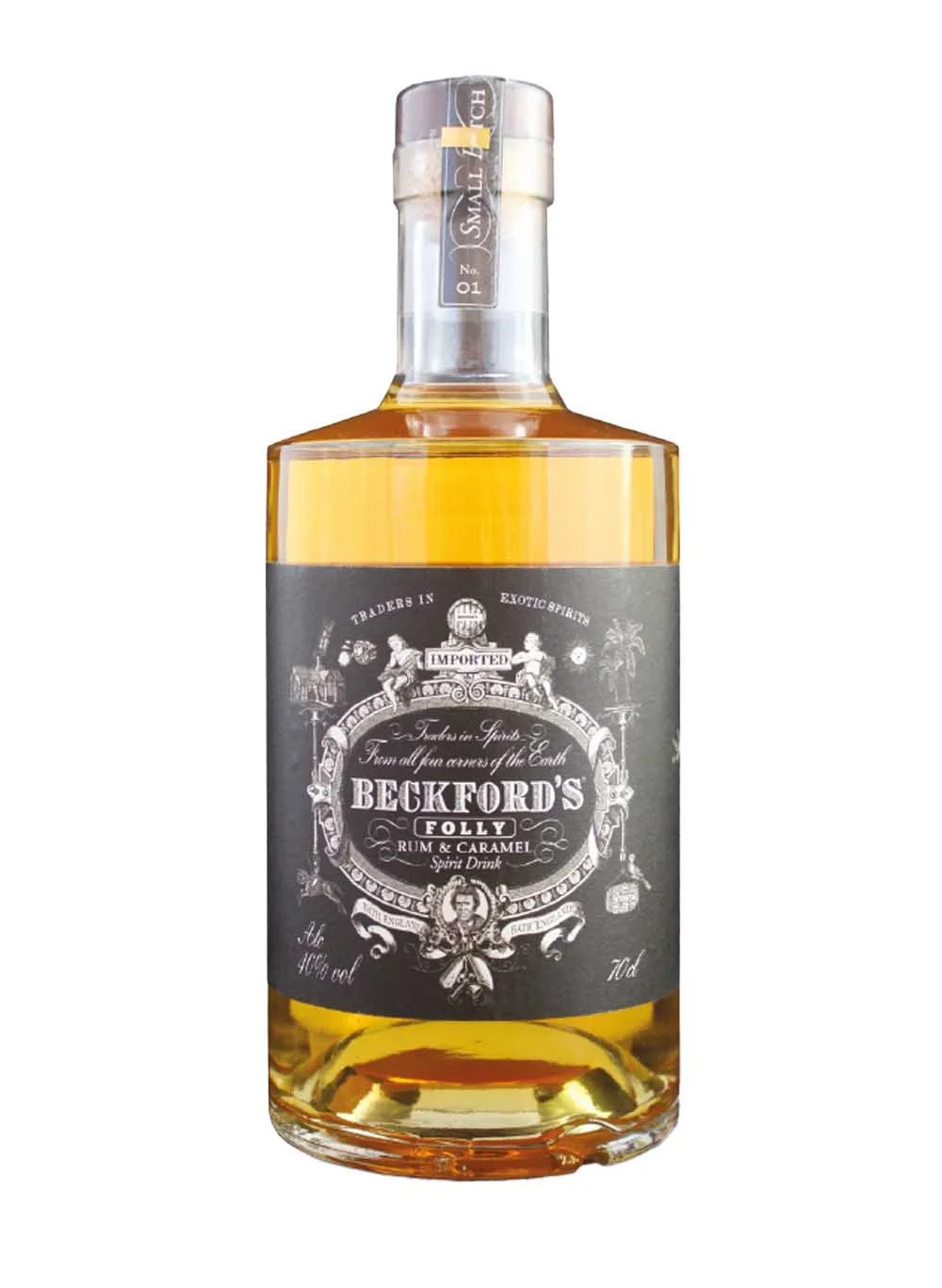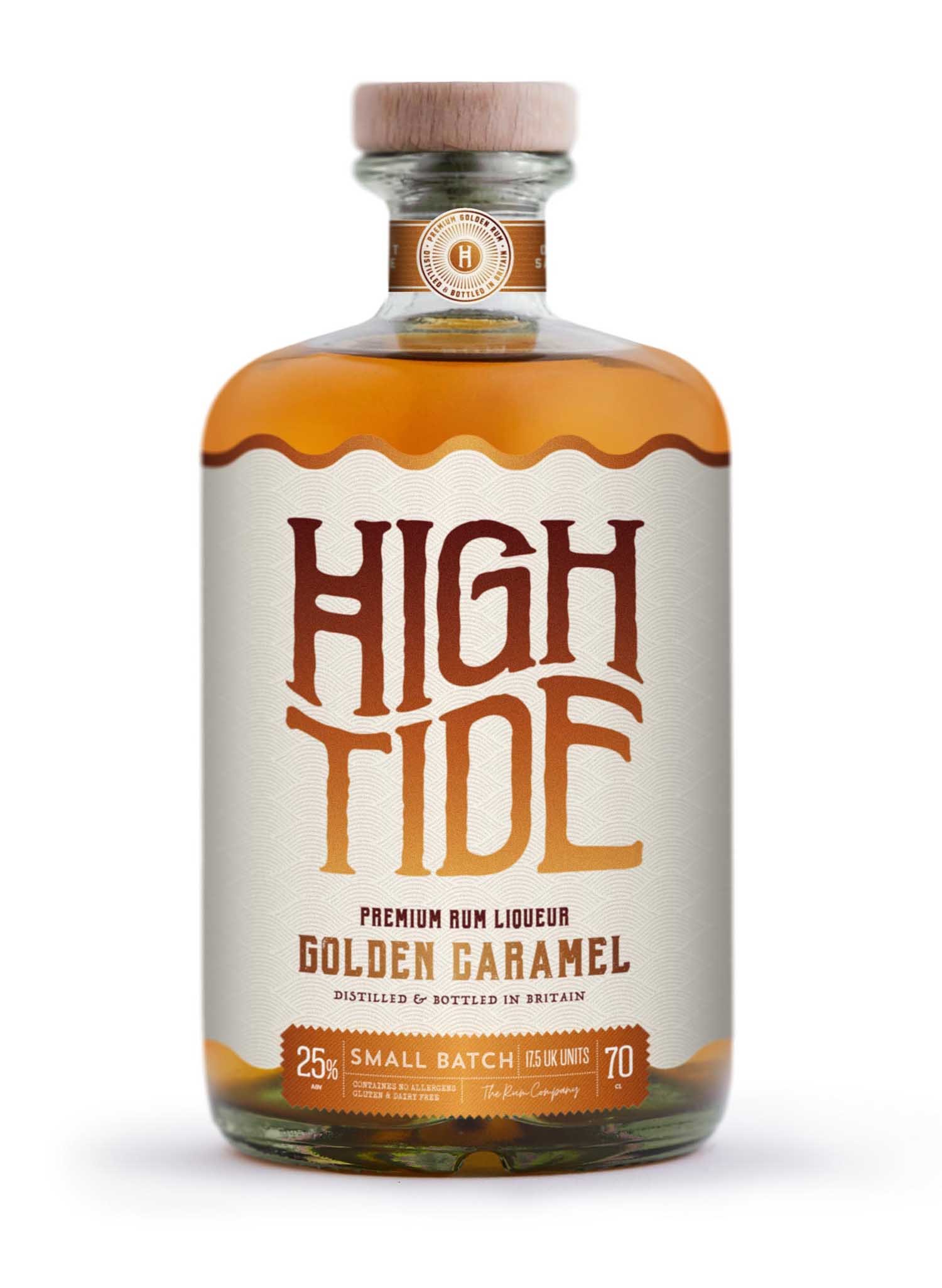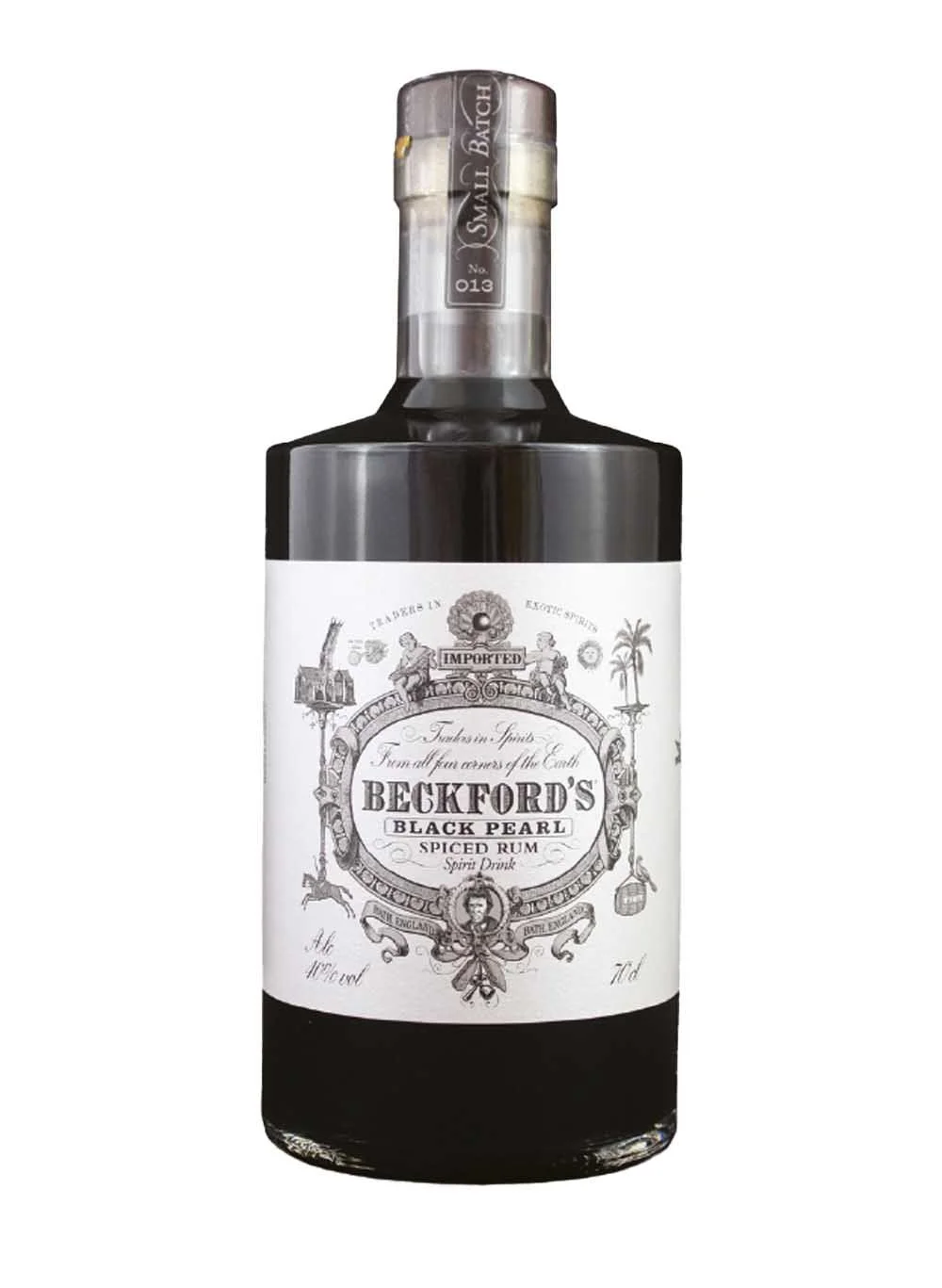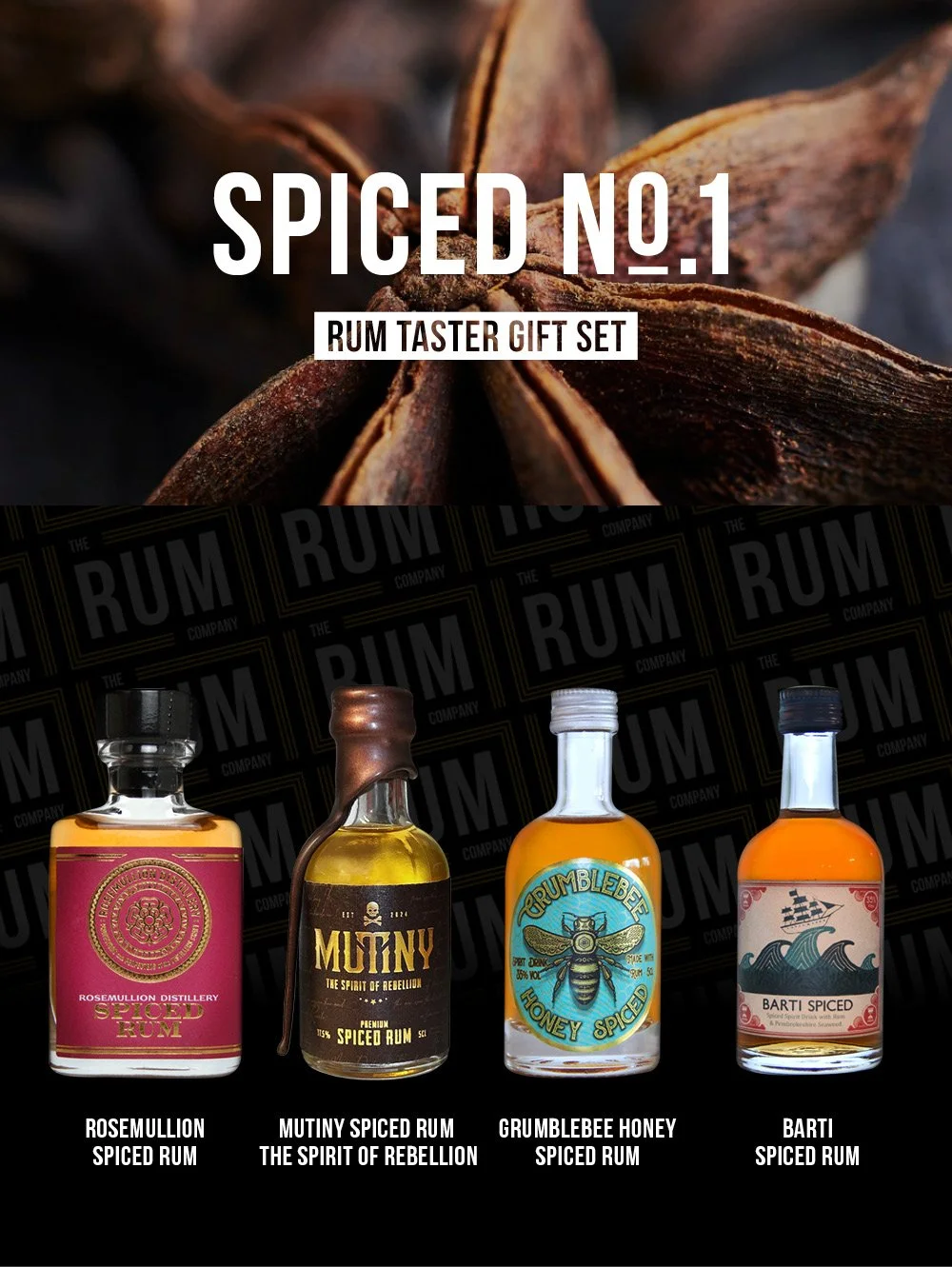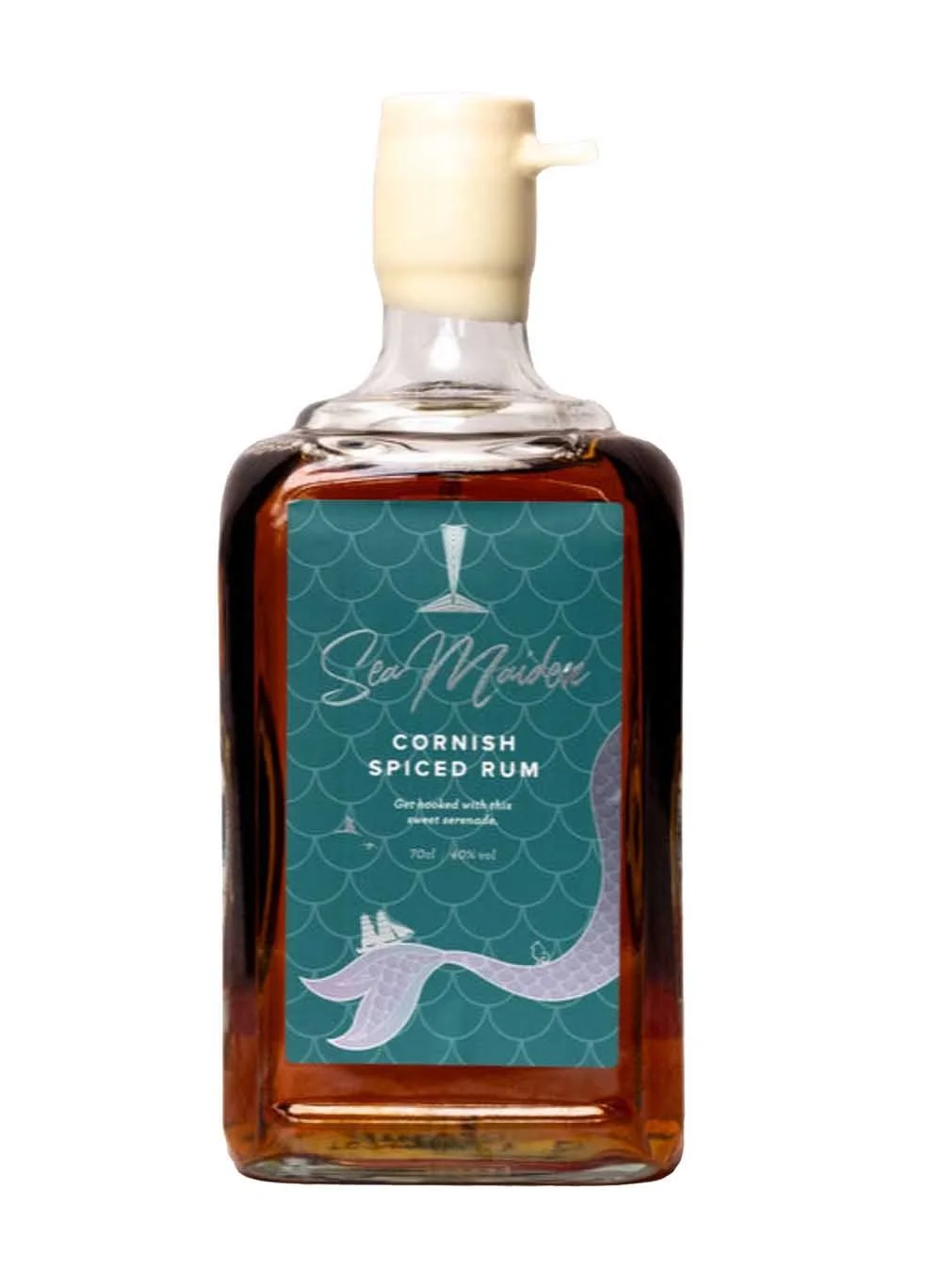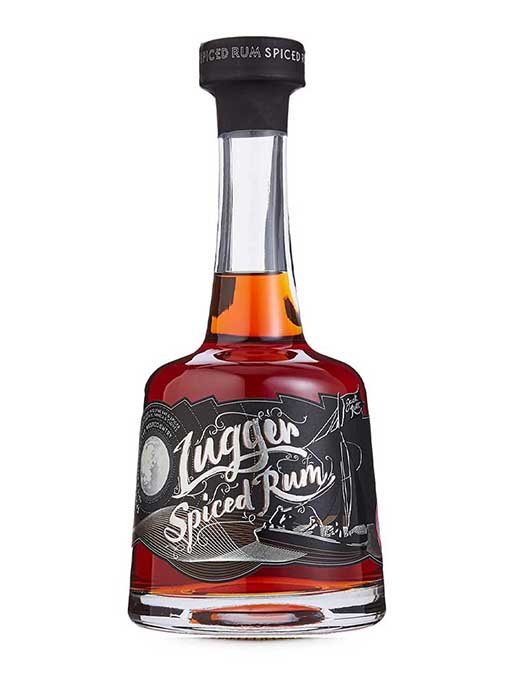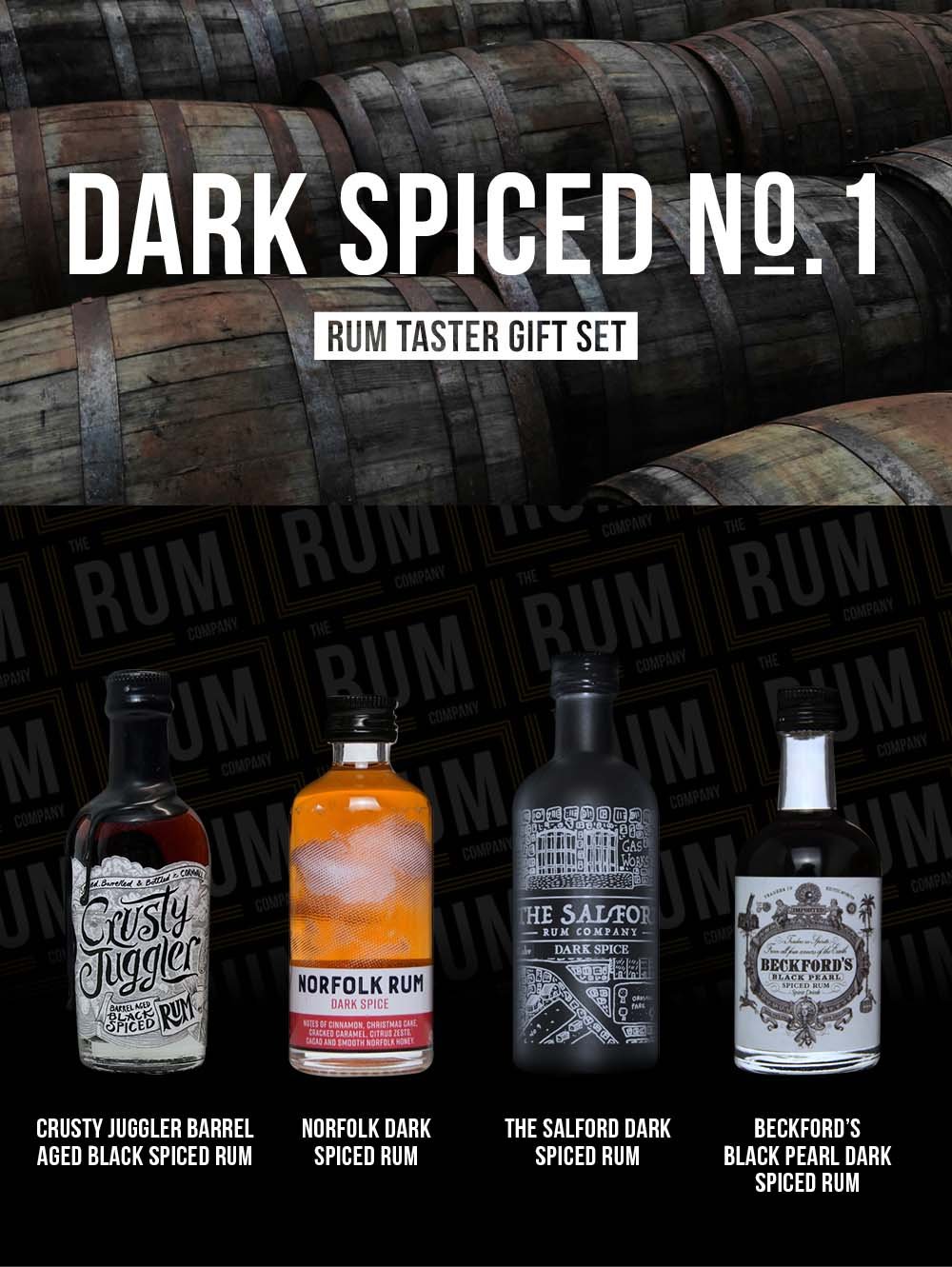The History of Rum: From Pirates to Prohibition
Rum history is an intriguing tale of adventure, rebellion, and resilience. This enchanting spirit has a rich and colourful past that intertwines with pirates, revolutionaries, and even the era of Prohibition cocktails. As we delve into the captivating journey of rum, we discover how it evolved from a pirate's drink to a cornerstone of classic cocktails during the Prohibition era.
A Sip of the Past
Rum, often referred to as the "nectar of the Caribbean," is one of the world's most beloved spirits. Its origins date back to the early days of European exploration and colonisation, as far back as the 17th century. This storied history can be traced to the sugar plantations of the West Indies, where molasses, a byproduct of sugar production, became the raw material for this iconic beverage.
The connection between rum history and pirates is well-documented. Pirates, as they roamed the seas in search of treasure, had a fondness for rum. They often relied on the alcoholic spirit to boost their morale and quench their thirst during long and treacherous journeys. It was said that they would mix their rum with water, creating a concoction known as "grog," which helped them stave off scurvy and stay hydrated. This infusion of water with rum was not only practical but also a vital element in the pirate's survival toolkit.
A Revolutionary Spirit
As the New World expanded, rum production found a home in the American colonies, particularly in New England. Rum was, in fact, the original American spirit, distilled locally and enjoyed by early colonists. It played a pivotal role in the infamous Triangular Trade, where molasses from the Caribbean was exchanged for rum in the American colonies.
During the American Revolution, rum became a symbol of rebellion and patriotism. Its role in the trade imbalance with the British Crown led to patriotic fervour against "taxation without representation." The Boston Tea Party, one of the key events leading to the American Revolution, was, in part, fuelled by the outrage over the British government's attempt to tax molasses and, by extension, the cherished rum. This era marked a significant turning point in rum history, as it became deeply ingrained in American culture and identity.
The Prohibition Era: A New Dawn for Rum
While the American Revolution had solidified rum's place in history, the Prohibition era of the 1920s and early 1930s brought about another chapter in the story of this versatile spirit. During this dark time in American history, the sale, manufacture, and transportation of alcoholic beverages were prohibited. However, it did not take long for the resourceful people of that era to find creative ways to skirt the law, giving birth to a fascinating subculture of speakeasies and underground bars.
Rum played a crucial role in the Prohibition cocktail scene. Fruity, sweet, and easy to hide, it became a popular choice for mixologists to create concoctions that masked the harsh taste of homemade alcohol. Classic cocktails like the Daiquiri, Mojito, and the Zombie made their debut during this era, each featuring rum as a key ingredient. These innovative cocktails were not only tasty but also helped to keep the spirit of socialising and indulgence alive during the darkest days of Prohibition.
The history of rum is a tale of resilience, rebellion, and reinvention. From its humble beginnings on Caribbean sugar plantations to its association with pirates and, eventually, its pivotal role during the Prohibition era, rum has continued to evolve and adapt throughout history. Today, it remains a beloved spirit, cherished by enthusiasts and mixologists for its rich history and its undeniable contribution to the world of cocktails. So, the next time you enjoy a classic mojito or a perfectly mixed Daiquiri, remember that you're sipping on a piece of history, one that connects us to pirates, revolutionaries, and the enduring spirit of rum.

